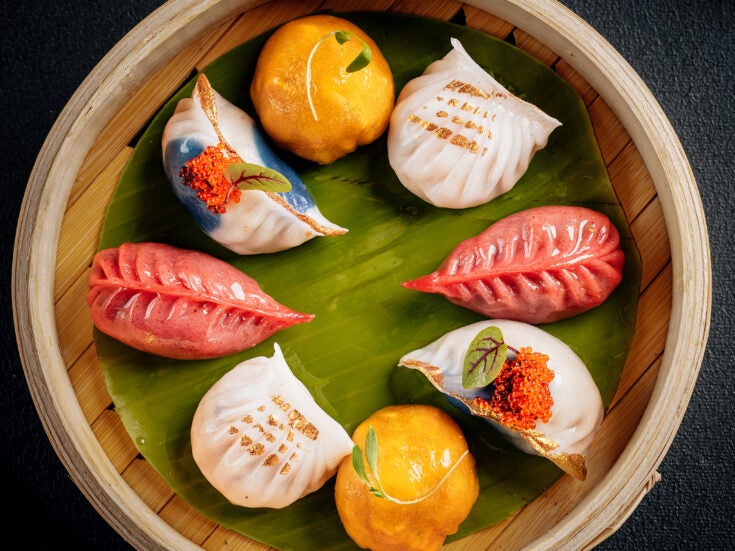
Even at 140, the grand dame of Gloucester Road has some surprises up her beribboned sleeve, discovers John Underwood.
As you leave Gloucester Road tube station, the first thing you see (tourists and Pokémon Go players permitting) is The Bailey’s Hotel. Built within a decade of the station itself by Sir James Bailey MP, the hotel was a marvel of the age, with a top-of-the-range ‘ascending room’ (reputedly London’s only lift outside the British Museum at the time) and bathrooms on every floor. Bailey, who had previously worked as a butler in the area, reportedly part-funded the purpose-built building with the sale of silver candlesticks liberated from his former employer.
Like many of London’s hodgepodge of hotels and hostelries, the Bailey’s has had a chequered history – used as a hospital and repeatedly bombed during the Second World War, only its historical value saved it from demolition in the 1970s. However, a £7.5 million renovation in honour of its 140th birthday has restored the hotel to its former Victorian splendour – and, pleasingly, bathrooms are now provided in every room. How times change.
I visited the hotel’s Olives restaurant for a dinner to celebrate its anniversary; a potentially risky move during London’s brief but intense attempt at summer. Would the chef’s eagerness to show off trump the needs of his sweltering diners? I had visions of heatstroke-inducing steaks, glossy mounds of pasta – even, God forbid, soup – but I needn’t have worried. Most of Olives’ diners are locals rather than hotel guests, and it’s not hard to see why; in a borough that can tend towards grandiosity, the restaurant is pleasantly down to earth.
We began with slices of home-cured salmon dressed with slivers of fennel and baby radish. Despite its impressively candy-pink appearance the fish was very simple, sweet and giving without relying on handfuls of salt or herbs. On its own, this would satisfy the pickiest clean-eating dieter; fortunately, balance was restored by a dish of tiny courgette and red pepper fritters.
Next up was duck ragù with gnocchi, a dish that remains appealing despite its ubiquity. This one featured saffron and riccota gnocchi, as well as satisfyingly large chunks of duck rather than shreds, and was served with an elegant pinot nero from near the Italian-Swiss border. If you must eat gnocchi in high summer, this is the way to do it.
A beautifully fresh and meaty slab of pan-roasted sea bass, presented with a scattering of pancetta, artichoke and new potato, rounded off the main courses. Pausing only to do justice to a pistachio tiramisù (better, for my money, than the Tia Maria-laden classic) and an espresso cup of diced peach Melba, we finished our meal with a celebratory grappa flight.
The Fragolino Cru Nonino was, as the name suggests, sweetly fruity – too fruity for me, if truth be told – while the woody and deeply coloured Francoli Riserva 5 Anni would be an ideal introduction for a whisky drinker unaccustomed to pomace brandies. The highlight, though, was the Monovitigno Nonino Il Moscato; understated and almost floral, but without losing its essential harsh edge, this is a drink worth travelling for. Unfortunately, none of my dining companions agreed, so I was left guarding my glasses as all around me, virtually untasted grappas were replaced with a valedictory round of coffee. (Well, perhaps it was a bit much for a Wednesday night.)
Olives is a truly comforting restaurant, boasting enough innovation to excite without feeling unduly experimental; like the hotel around it, it feels very much at home on Gloucester Road, where gaudy High Street Kensington and stately South Kensington merge into a welcoming, unshowily affluent gallimaufry. The best I can wish for The Bailey’s is that it reaches its 280th birthday in exactly the same shape.
Olives Restaurant at The Bailey’s






